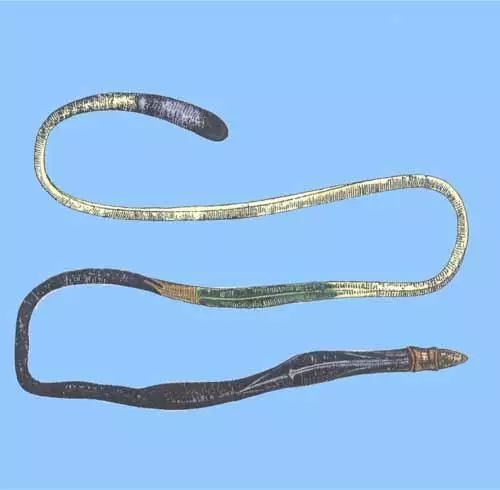
Saccoglossus hwangtauensis
Saccoglossus hwangtauensis,Huangdao long-nosed acorn worm, jade hookworm
The snout of the Huangdao long-nosed worm is relatively long, about 1/20 of ···
Linear animals were formerly known as round animals. Most of them are small vermiforms. Their bodies are usually long and cylindrical, with tapered ends, unsegmented, and a primitive body cavity. The digestive tract is not curved. The front end is the mouth and the rear end is the anus. Dioecious. Many representatives are parasites, such as iron worms, etc., or live a floating or benthic life in the ocean or fresh water. In terms of lifestyle, it can be divided into three categories: free-living

Saccoglossus hwangtauensis,Huangdao long-nosed acorn worm, jade hookworm
The snout of the Huangdao long-nosed worm is relatively long, about 1/20 of ···